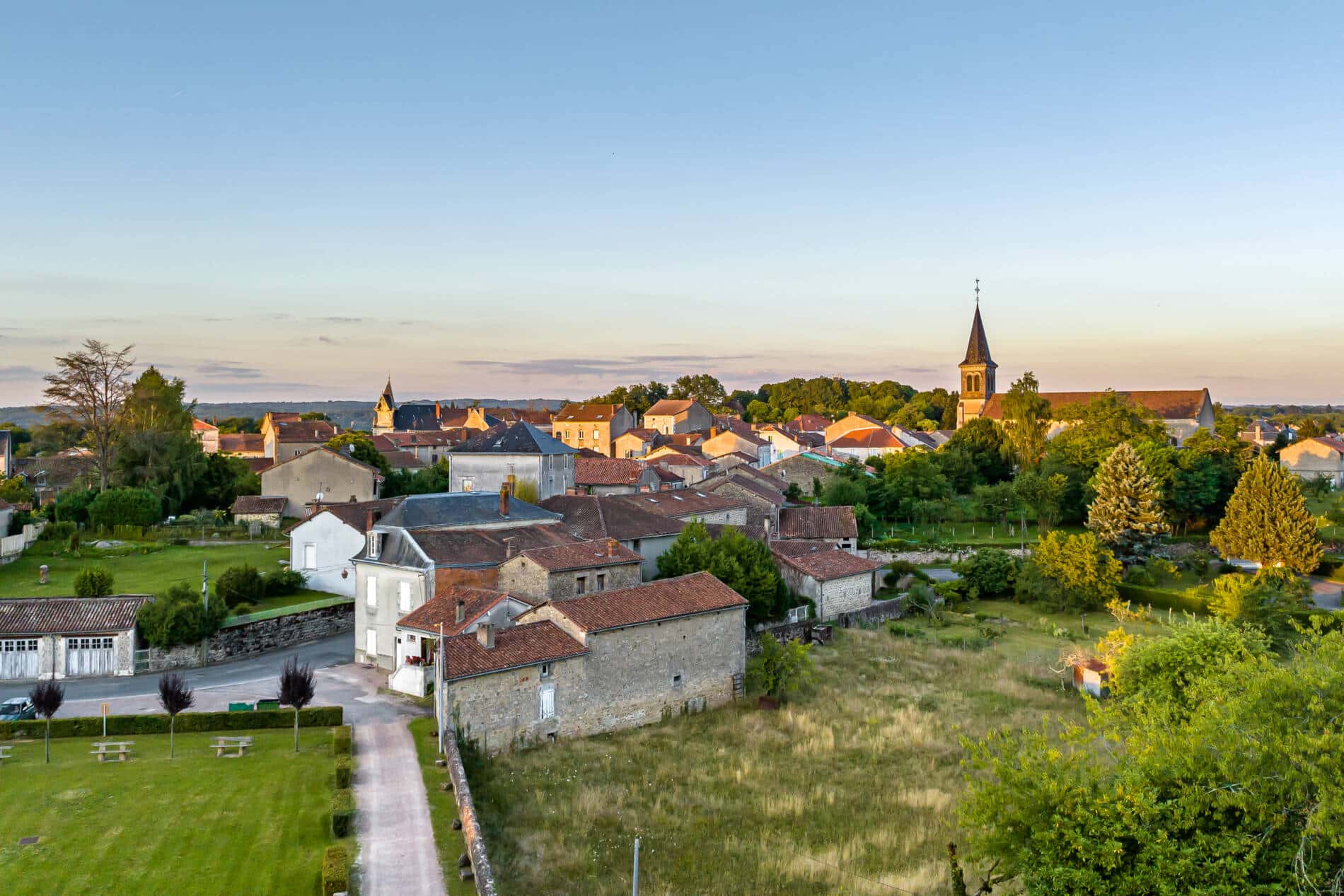 ©Click&Unstick
©Click&Unstick What is a park?
A regional natural park is a territory which is committed to the promotion of its natural and cultural heritage and to the development of lifestyles that are more respectful of the environment. It is based on a rural territory, rich in remarkable heritage and relatively well preserved from degradation linked to human activities.
A label for the territory
Regional Natural Parks are inhabited rural areas, recognized nationally for their heritage. Under the leadership of local, political and associative actors, such an area can be labeled a “Regional Natural Park”, a classification which is validated by a decree from the Prime Minister.
But this label is not only recognition of the value of the territory. It is also the possibility for the territory to equip itself with a tool which allows it to preserve, enhance and develop local resources, according to objectives set by the local actors themselves. In fact, the label is based on a territorial project, described in a park charter, supported by local elected officials.
Regional natural parks
Following the creation of the “Regional Natural Park” label in 1967, the first territories were classified by decree in 1968, in order to protect and enhance large inhabited rural areas. Today there are 58 classified parks, spread across the entire mainland territory and overseas, and several others are planned.
The National Federation of Regional Natural Parks of France, an association under the 1901 law, was created in 1971 to manage this network of parks. It implements numerous works in cooperation with the parks, organizes times dedicated to sharing knowledge and practices between the parks and contributes to public policies in terms of sustainable development.
The history of the Périgord-Limousin Regional Natural Park
The Périgord-Limousin Regional Natural Park was created in 1998. It was born from the desire of local elected officials and associations to implement innovative projects and bring this rural area to life differently, by promoting its heritage and preserving its natural and cultural riches.
The origin of this approach dates back to the 1980s, initiated by the associative sector. The idea of a Regional Natural Park on the borders of the former Aquitaine and Limousin Regions was born from a paradoxical observation: a territory of great heritage wealth was undergoing devitalization and depopulation. It became imperative to increase awareness of these riches and to promote them.
This territory, mainly dedicated to livestock farming, is distinguished by its expanses of pastures and bocages. However, the small deep valleys, hidden in the thick wooded cover, often remain unknown, although their watercourses are home to great ecological wealth. Awareness of the quality of diversified natural environments and the threats of degradation which weighed on them pushed the associative fabric to claim ecological and heritage values as the basis of the mode of development to be promoted in this territory.
The mobilization of elected officials was gradually built on the desire for sustainable development, focused on the preservation and enhancement of heritage. Officially initiated in 1992, the creation procedure resulted in the classification of the Périgord-Limousin Regional Natural Park in March 1998.
In a few figures, the Périgord-Limousin Regional Natural Park is…
intercommunal collaboration
- 75 municipalities in the labeled territory and 6 gateway cities;
- 7 communities of municipalities;
- 2 departments, Haute-Vienne and Dordogne, of the Nouvelle-Aquitaine region.
a territory management tool
- 160 elected officials involved in the implementation of park measures;
- 30 park service agents dedicated to the technical, financial and scientific implementation of projects.
an inhabited rural territory
- 80 inhabitants;
- 1 cultural events;
- 2 km of hiking trails;
- 47% agricultural land;
- 34% wooded areas;
- 27% energy autonomy.
a rich heritage
- 1 km of watercourses;
- 4 ha of wetlands;
- 228 vegetations recorded;
- 5 Natura 2000 areas;
- 4 landscape entities.
The difference with other labels
What is the difference between Regional Nature Park and National Park?
A regional natural park results from the voluntary commitment of municipalities, communities of municipalities, departmental and regional councils, and the State to guide their actions within the framework of a common project (Park Charter) of sustainable development.
Whereas a National Park is formed around a “heart”, an exceptional monument of nature. The State entrusts the management of the National Park to a national public establishment, competent for the application of the special regulations applicable to this “heart”.
A national park has environmental policing powers unlike a regional natural park.
What is the difference between Regional Nature Park and Nature Reserve?
A Regional Nature Park is not a nature reserve. However, a Regional Natural Park is a territory labeled on the basis of great natural wealth; it is common for it to cover remarkable natural areas which are subject to classification (nature reserve, Natura 2000 zone, etc.).